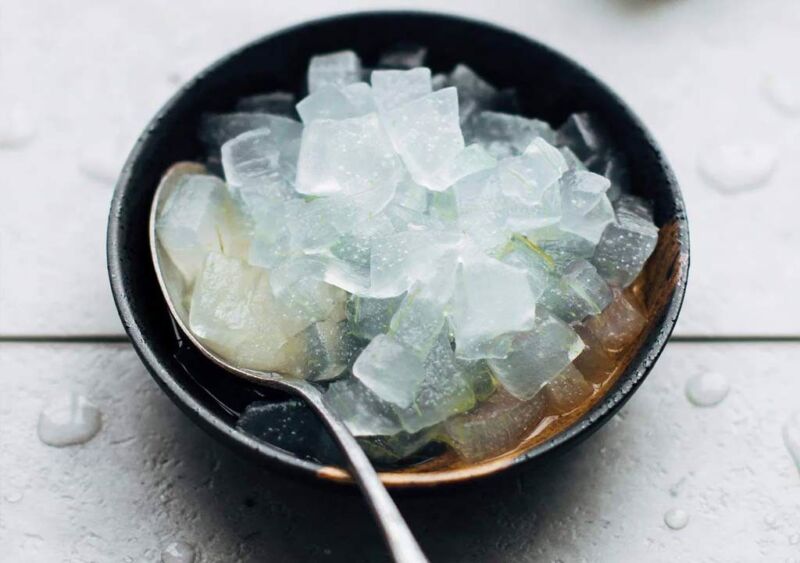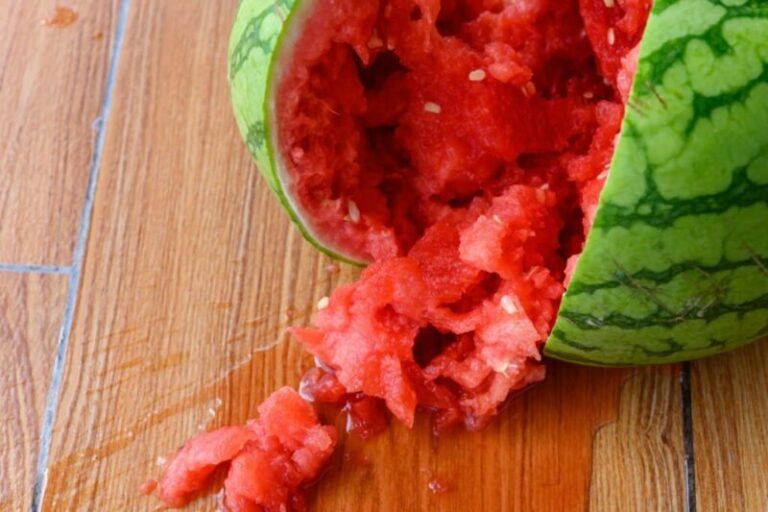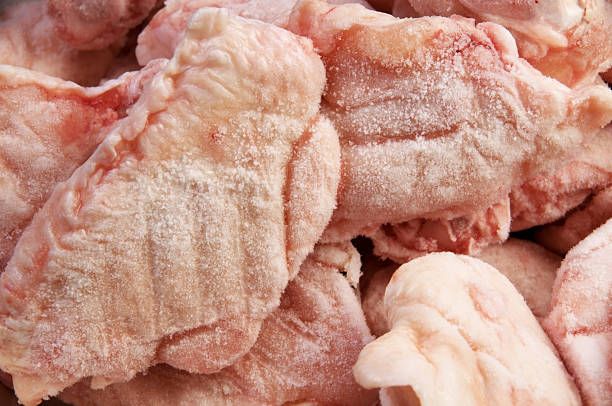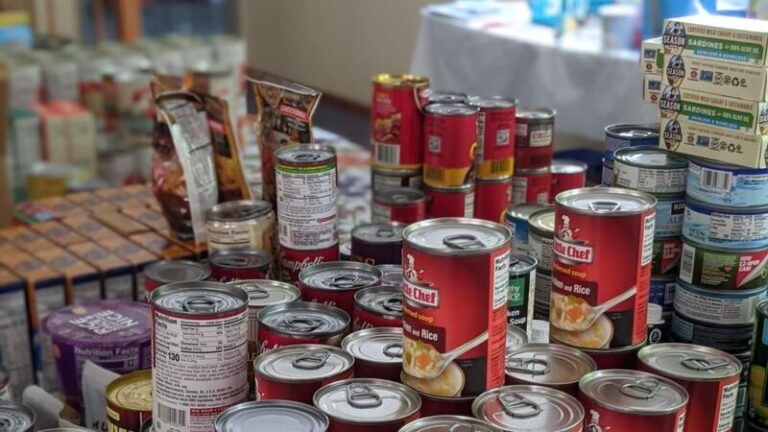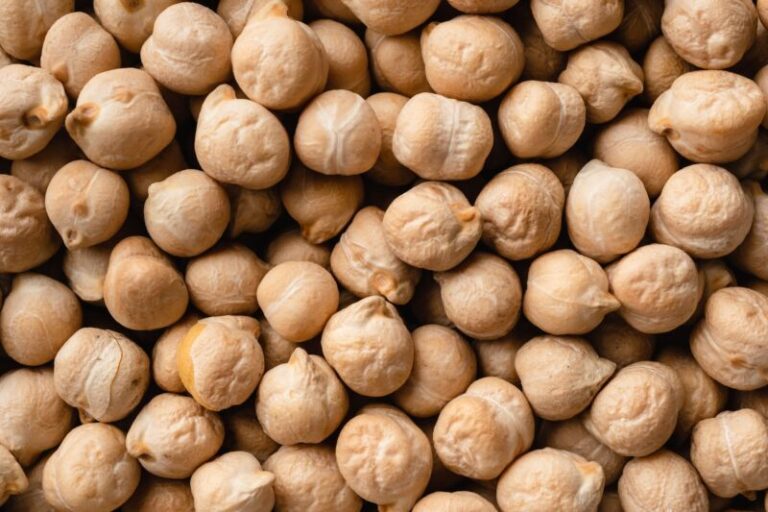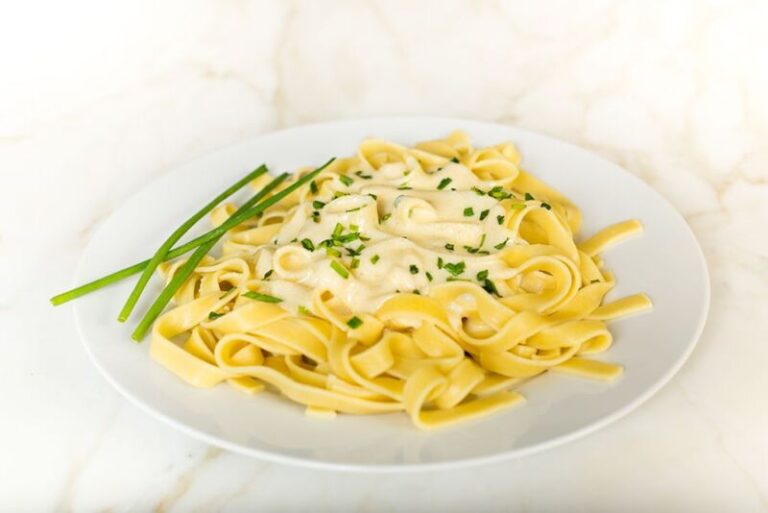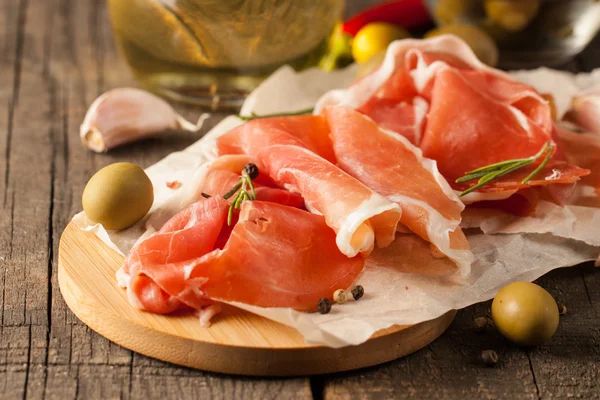What Is Aloe Jelly Boba? How To Make It At Home?
Bubble tea has become an international sensation in recent years. The customizable iced tea drinks filled with chewy boba toppings are loved for their unique textures and flavors. While traditional tapioca pearls are the most popular boba, many bubble tea shops now offer innovative options like fruit jellies, puddings, and even aloe vera cubes.
Aloe jelly boba is one such unique topping that provides a refreshing twist. The delicate, jelly-like aloe cubes pair wonderfully with fruit-infused teas. Besides adding flavor, aloe jelly boba is touted for its potential health benefits.
So what exactly is aloe jelly boba? And how does it compare with other boba toppings? This article will explore everything about aloe jelly boba – from its origins to DIY recipes!
What Is Aloe Jelly Boba?
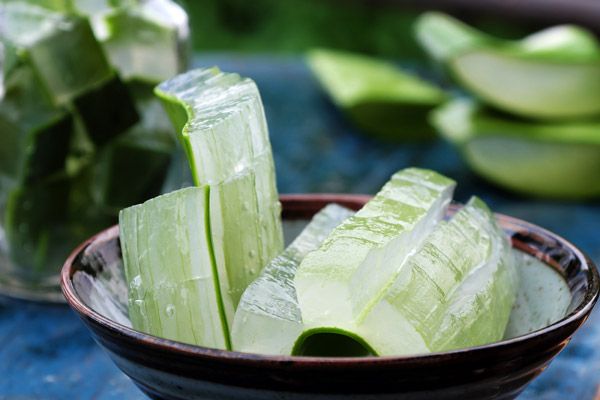
Aloe jelly boba refers to small, translucent cubes made from aloe vera gel. They have a soft, jelly-like texture and subtle sweetness.
Aloe vera is a succulent plant whose leaves contain a clear gel naturally full of nutrients. This gel has been used for centuries in herbal medicine and cooking. To make aloe jelly boba, the gel is boiled with a sugar syrup until it achieves a thick, sliceable consistency.
The resulting aloe cubes have a mild, floral taste and are chewy but not overly gummy. Their jelly-like texture is similar to agar or fruit jelly toppings. Aloe jelly boba easily incorporates into cold beverages like smoothies, lemonades, and of course, bubble tea.
The cubes absorb the surrounding drink’s flavors while adding a pleasant, herbaceous note. They also provide an extra dimension of texture that complements the beverage’s other ingredients.
Aloe Jelly Boba’s Origins and Background
Aloe vera is native to tropical regions of the world, including North Africa. Ancient civilizations like Egypt recognized aloe’s beneficial properties and used it for skin care or digestive issues.
The Chinese were among the first to create an edible aloe vera gel treat. Traditional Chinese desserts feature aloe cubes simmered in syrup and served as a cooling snack or drink topping.
Over time, versions of aloe jelly made their way into fusion Asian cuisine and eventually boba drinks. Modern refrigeration and packing methods help maintain the gel’s stability for use in chilled beverages.
How Aloe Jelly Boba Is Made
Producing aloe jelly boba is a multi-step process:
- Fresh aloe vera leaves are cleaned and trimmed to extract the clear gel fillet from within the leaf.
- The gel is boiled to deactivate aloin compounds that cause bitterness. Straining removes any residual fiber or latex.
- A sugar syrup is prepared by heating water and sugar. Once dissolved, the syrup is added to the aloe gel.
- The aloe-syrup mixture cooks down until it gels and thickens. Natural gelling agents may be added to improve consistency.
- Once cooled, the gel is cut into small cubes and soaked in syrup to keep from drying out. The finished aloe jelly boba is stored in syrup until ready to use.
Adding fruit purees, tea extracts, or herbs infuses different flavors. The basic recipe creates a simple, mildly sweet aloe jelly base for bubble teas.
Aloe Jelly Boba Pairs Well with Fruit Teas
The light, neutral taste of plain aloe jelly boba works with just about any tea variety or fruit combination:
- Berries – Blueberry, strawberry, blackberry teas all pair nicely with aloe jelly for a summery flavor profile.
- Citrus – Tart lemonade, grapefruit, or orange tea cuts through aloe’s richness.
- Melons – Honeydew, watermelon, and tropical flavors like guava or lychee work well with aloe’s melon-like quality.
- Herbal teas – Mint, chamomile, and rooibos impart relaxing botanical notes when blended with aloe jelly boba.
- For a neutral base, aloe jelly cubes bring added texture and mild sweetness to plain green or black teas.
The aloe vera itself has a very light, almost water-like taste. So fruits, herbs, and spices can customize the jelly’s flavor.
Understanding the Flavor Profile of Aloe Jelly Boba
On its own, aloe vera gel has an earthy, botanical taste with subtle bitterness. When transformed into boba, adjusting preparation methods and adding sweeteners gives aloe jelly a more appealing flavor:
- Removing the rind and yellow latex minimizes aloe’s inherent bitterness and sourness. This leaves just the inner fillet’s mild essence.
- Low boiling tempers the plant’s sharpness, while retaining beneficial compounds.
- Infusing with syrups offsets any remaining bitterness with natural sweetness. Over-sweetening defeats the purpose of a “healthier” boba, so restraint is key.
- Resulting aloe jelly has a neutral, lightly floral and vegetal taste. The sweetness is muted, not candy-like.
Overall, aloe jelly boba imparts gentle sweetness and a refreshing quality, with no pronounced flavor of its own. This allows it to take on the tea’s or fruit’s flavor notes.
How Does Aloe Jelly Boba Taste Compared to Other Boba?
Tapioca pearls are by far the most popular bubble tea boba topping. The starchy pearl tapioca balls have a distinctive soft, chewy bite. But their flavor is dependent on added sweeteners.
Here’s how aloe jelly boba differs from traditional tapioca:
- Tapioca pearls are heavier in texture and often soaked in sugary syrups. Aloe jelly is lighter and not overly sweet.
- Tapioca balls are fully tasteless on their own. Aloe jelly boba has slight floral and vegetal notes.
- With no flavor masking, aloe jelly allows the tea and other ingredients’ tastes to come through.
- Many find aloe jelly more refreshing and less cloying than extra-sweet tapioca boba.
Fruit jelly boba has a jam-like taste and gummy texture. Popping boba bursts with concentrated fruit juice. Both overpower the tea itself.
Subtler aloe jelly boba accents the drink without dominating it. The small cubes add delicate texture and a touch of natural sweetness.
Aloe Jelly Boba Has Benefits Beyond Flavor
Beyond novelty, aloe jelly boba offers potential functional benefits:
- Aloe vera provides antioxidants like vitamins A, C, and E. These help neutralize damaging free radicals in the body.
- Compounds like polysaccharides boost immunity and provide antimicrobial effects.
- Aloe may promote digestion and soothe gastrointestinal issues via anti-inflammatory properties.
- Studies suggest aloe supports blood sugar regulation, ideal for diabetics and prediabetics.
- The hydrating gel is beneficial for skin, hair, and oral health.
While no proven cure-all, preliminary research indicates aloe merits consideration as a functional food. Aloe jelly boba makes consuming it more enjoyable.
Compared to tapioca balls and fruit jellies, aloe jelly is lower in sugar and calories too. This makes it an appealing alternative as part of a healthy lifestyle.
Creative Ways to Use Aloe Jelly Boba
Aloe jelly boba isn’t just for bubble tea. Try adding the fun cubes to:
- Fruit smoothies – Blend aloe jelly with banana, berries, or other fruits for additional texture.
- Lemonade or limeade – Float aloe jelly in citrusy cold drinks for a hint of botanical sweetness.
- Iced coffee – Put cubes in iced lattes, mochas, or cold brew for novelty.
- Healthy desserts – Mix into yogurt bowls, chia puddings, or layered fruit parfaits.
- Adult beverages – Garnish cocktails or mocktails with aloe jelly instead of plain ice.
- DIY face masks – Hydrate skin with homemade masks using aloe jelly.
- Edible fruit salads – Throw cubed aloe jelly into fruit medleys for a different twist.
Let your creativity run wild with versatile aloe jelly cubes!
Where Can You Buy Aloe Jelly Boba?
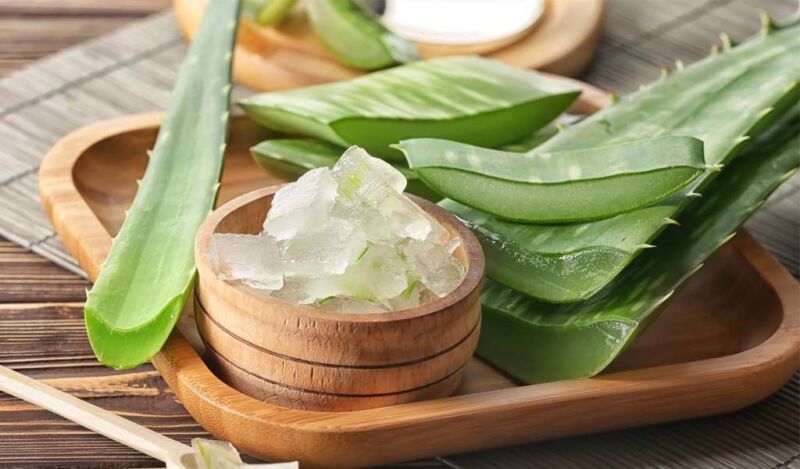
As aloe jelly boba gains popularity, more establishments now offer it:
- Check specialty bubble tea shops, especially ones emphasizing unique toppings. Aloe jelly is unlikely in mass chain stores.
- Natural food stores like Whole Foods sometimes carry fresh aloe leaves and premade jelly.
- Asian grocery stores may stock prepared aloecubes suitable for drinks in their refrigerated section.
- Online stores sell aloe jelly kits or bags of shelf-stable cubes. Search for “aloe jelly boba” to find.
- If you live in an area without access to stores carrying it, making DIY aloe jelly at home is easy.
Contact your favorite local tea shop to request they offer aloe jelly boba. As demand grows, availability will likely expand. For now, seek out specialty vendors or make your own.
Conclusion
Aloe jelly boba is an innovative new bubble tea topping gaining notice for its smooth, jelly-cube textures and refreshing flavor. Made from nutrient-dense aloe vera gel, it provides a health halo too.
Mildly sweet with minimal bitterness, aloe jelly boba blends seamlessly into fruit-infused teas. It contrasts with bolder-flavored jellies and heavier tapioca balls.
Try this unique boba alternative to add flavorful fun to your bubble tea routine. Look for it at specialty shops or DIY some aloe cubes yourself. Aloe jelly boba lets you enjoy wholesome aloe vera in a totally new and tasty way.
